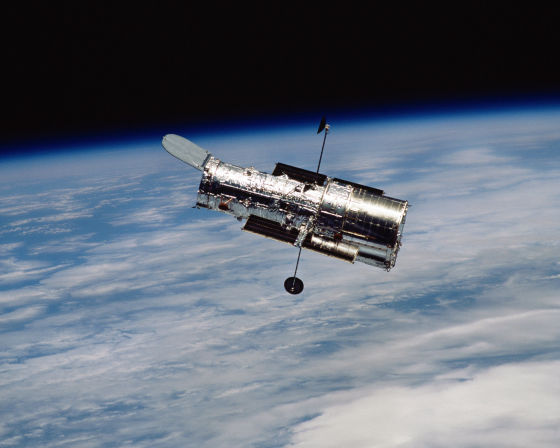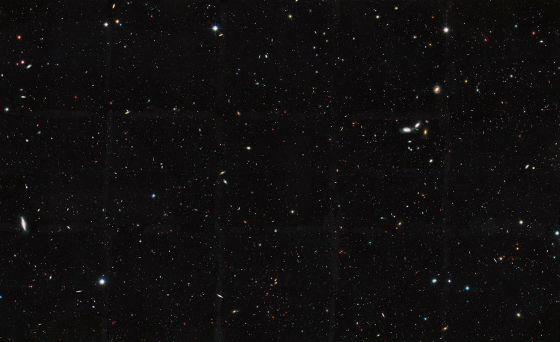How many galaxies are there in observable universe?

ByJoel Tonyan
One of the mysteries of the universe which astronomers have not studied even though they are studying for many years is the number of galaxies in the universe. The galaxies in the observable space were supposed to be about 100 to 200 billion, but it turned out that there are more than 2 trillion by the new research.
Hubble Finds 10 Times More Galaxies Than Thought | NASA
http://www.nasa.gov/feature/goddard/2016/hubble-reveals-observable-universe-contains-10-times-more-galaxies-than-previously-thought
Observable Universe contains ten times more galaxies than previous thought | ESA / Hubble
http://www.spacetelescope.org/news/heic1620/
HubbleSite - NewsCenter - Hubble Reveals Observable Universe Contains 10 Times More Galaxies Than Previously Thought (10/13/2016) - Release Images
http://hubblesite.org/newscenter/archive/releases/2016/39/image/
Since the launch in 1990, it has been collecting data by astronomical observations while orbiting on the orbit about 600 km above the groundHubble Space Telescopeis. With Hubble Deep Field combining 342 images taken from 18th to 28th December 1995 with the Hubble Space Telescope, the number of galaxies in the observable space for the first time in astronomical history is about 100 billion - It was predicted to be 200 billion pieces.

ByDalton
However, this time the research team led by Christopher Concierich of Nottingham University in the UK created a 3D model using the image data collected over 20 years with the Hubble Space Telescope, and the galaxy in the observable space As a result of remeasurement of the number, it turned out to be more than 2 trillion. This is about 10 to 20 times the number of galaxies led by Hubble Deep Field.
In addition, the research team used a new mathematical model to infer the existence of galaxies that can not be observed with modern telescopes, and even 90% of the galaxies in the observable universe are not visible, that is, they are not observed Turn out. It became clear that the number of galaxies which are larger than 2 trillion figures found this time exists in the observable space.

"If it is the next generation telescope, it may be possible to observe a galaxy that is not visible now," Consoliche says.
This discovery is an important proof that the galaxies coalesce and sharply decrease the total number through the tremendously long history of the universe. Also, the decrease in the galaxy is questionable about "Why is the night sky dark?" Although the number of bright stars is more than the sun, "the amount of light falling down from the star in the night sky is calculated and" Then the night sky is bright "Paradox of OliverseIt seems that there is also the possibility of becoming a clue to solve.
Related Posts:
in Science, Posted by darkhorse_log







